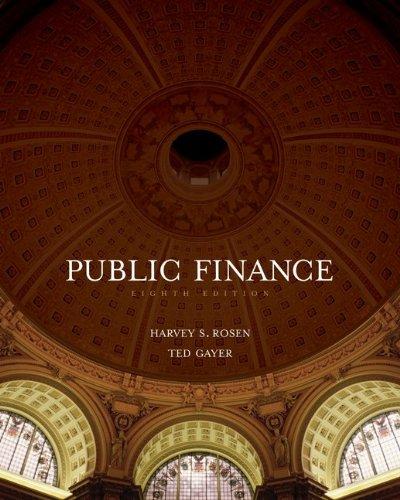Question
8. Problem 12.12 (Project Risk Analysis) eBook The Butler-Perkins Company (BPC) must decide between two mutually exclusive projects. Each project has an initial after-tax cash
8. Problem 12.12 (Project Risk Analysis) eBook The Butler-Perkins Company (BPC) must decide between two mutually exclusive projects. Each project has an initial after-tax cash outflow of $6,500 and has an expected life of 3 years. Annual project after-tax cash flows begin 1 year after the initial investment and are subject to the following probability distributions: Project A Project B Probability Cash Flows Probability Cash Flows 0.2 $5,750 0.2 $ 0 0.6 6,500 0.6 6,500 0.2 7,250 0.2 18,000 BPC has decided to evaluate the riskier project at 12% and the less-risky project at 9%. What is each project's expected annual after-tax cash flow? Round your answers to the nearest cent. Project A: $ 6500.00 Project B: $ 7500.00 Project B's standard deviation (B) is $5,822 and its coefficient of variation (CVB) is 0.78. What are the values of A and CVA? Do not round intermediate calculations. Round your answer for standard deviation to the nearest cent and for coefficient of variation to two decimal places. A: $ CVA: Based on the risk-adjusted NPVs, which project should BPC choose? -Select- If you knew that Project B's cash flows were negatively correlated with the firm's other cash flows, but Project A's cash flows were positively correlated, how might this affect the decision? -Select- If Project B's cash flows were negatively correlated with gross domestic product (GDP), while A's cash flows were positively correlated, would that influence your risk assessment? -Select-
Step by Step Solution
There are 3 Steps involved in it
Step: 1

Get Instant Access to Expert-Tailored Solutions
See step-by-step solutions with expert insights and AI powered tools for academic success
Step: 2

Step: 3

Ace Your Homework with AI
Get the answers you need in no time with our AI-driven, step-by-step assistance
Get Started


